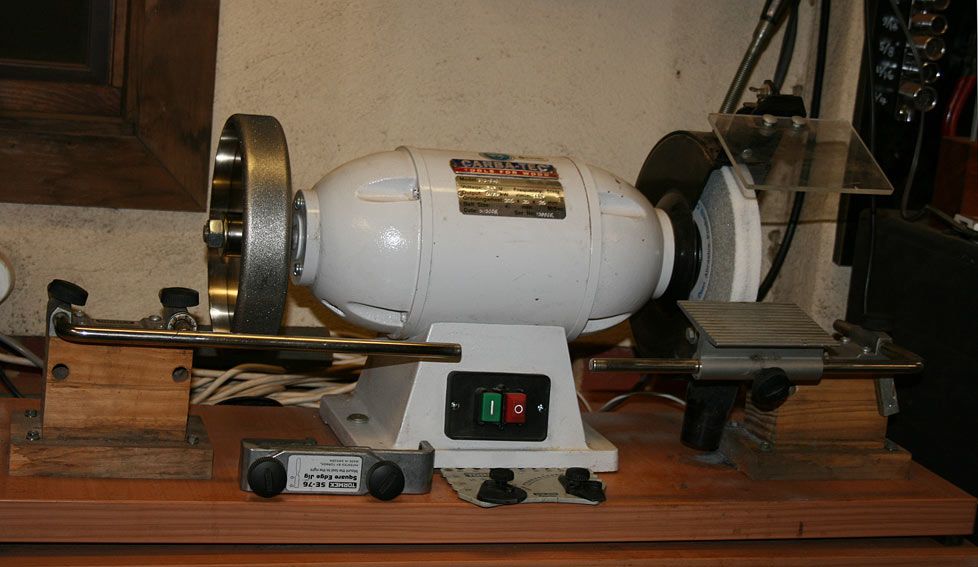Derek,
Did you buy an extra Tormek rest or are you using the same rest and jigs, moving them between the two grinders? I figure there are two wheels, so I still have to figure out what I will do at the second wheel. I thought i would rig something like Derek has at my second wheel, with the Tormek rest and jigs I have and see how I like using them on the CBN wheels.




 Reply With Quote
Reply With Quote




